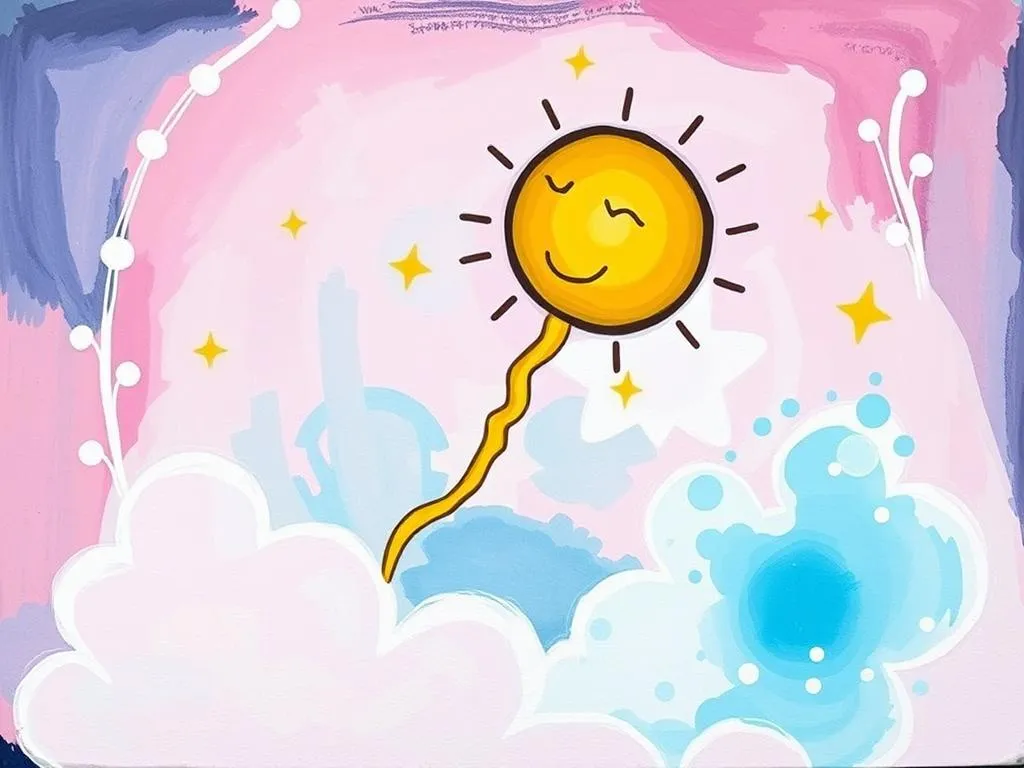
Introduction
Dreams have long fascinated humanity, serving as windows into our subconscious minds and reflections of our innermost thoughts and feelings. The intricacies of dream symbolism provide unique insights into our waking lives, revealing hidden emotions, unresolved issues, and aspirations. Whether we experience vivid adventures or unsettling nightmares, dreams offer a rich tapestry of symbols waiting to be unraveled. This article delves into the symbolism and meaning behind common dreams, examining their variations and encouraging personal reflection to foster deeper understanding.
Symbolism and Meaning
Dreams are deeply personal experiences, but certain symbols frequently appear across various cultures and backgrounds. For instance, water often symbolizes emotions and the subconscious. When one dreams of calm waters, it may reflect tranquility and emotional stability, whereas turbulent waters could indicate confusion or emotional turmoil.
Another prevalent symbol is flying. Dreaming of soaring through the sky can evoke feelings of freedom and empowerment—a sense of breaking free from constraints. However, if the flying is accompanied by anxiety, it might signify a fear of losing control or the weight of responsibilities pulling one down.
Teeth are also a common symbol in dreams, often representing feelings of insecurity or concerns about self-image. A dream in which teeth fall out may highlight fears of aging, loss of power, or vulnerability. Conversely, dreaming of healthy, strong teeth could suggest confidence and personal power.
The house in dreams typically symbolizes the self or the dreamer’s psyche. Different rooms may represent various aspects of one’s personality or life experiences. For instance, a messy room could symbolize chaos in one’s life, while a well-organized space might indicate a sense of order and control.
Understanding these symbols allows individuals to interpret their dreams more meaningfully. However, it’s essential to consider personal context, as the same symbol can evoke different meanings based on individual experiences and emotions.
Key Scenarios and Variations
The context of dreams can dramatically alter their interpretations. For example, dreaming of being chased is a common scenario that often signifies feelings of anxiety or avoidance in waking life. If the pursuer is a stranger, it might reflect an unknown fear or unresolved conflict. However, if the chaser is someone familiar, it could indicate that the dreamer is evading a relationship issue or personal responsibility.
Another variation involves falling. Falling dreams can evoke feelings of vulnerability or fear of failure. If the dreamer lands safely, it may represent overcoming obstacles or a sense of renewal. Conversely, if the fall is accompanied by panic, it might suggest feelings of losing control or insecurity about one’s life choices.
Losing something valuable is another scenario that can shift meaning based on context. Losing a wallet may symbolize financial worries or loss of identity, while losing a loved one in a dream may reflect deep-seated fears of abandonment or change. The emotional tone of the dream—whether it’s anxiety, relief, or acceptance—plays a crucial role in interpretation.
Moreover, recurring dreams often highlight persistent issues in a person’s life. For instance, repeatedly dreaming of being unprepared for an exam might signal ongoing stress or self-doubt in real life. Identifying the themes and emotions in these scenarios can provide significant insights into personal challenges and aspirations.
Real-Life Connections and Takeaways
To connect dreams to real-life situations, individuals can start by maintaining a dream journal. Recording dreams immediately upon waking helps capture fleeting details and emotions, enabling deeper analysis later. This practice encourages self-reflection and can reveal patterns or recurring themes that are significant for personal growth.
Reflecting on the emotions felt during the dream is also crucial. Dreams often serve as emotional barometers, highlighting feelings that may be repressed or overlooked in waking life. For example, if a dream evokes a sense of dread, it may be worthwhile to explore what aspects of life are causing stress or anxiety.
Engaging in mindful practices, such as meditation or journaling, can provide clarity on the emotions and symbols present in dreams. By examining how these elements relate to current life circumstances, individuals can begin to decipher the messages their subconscious is conveying.
Additionally, seeking creative outlets can be beneficial. Art, music, or writing can serve as expressions of the emotions and themes encountered in dreams. Creating something inspired by a dream may facilitate a deeper understanding and provide a therapeutic release.
Encouraging personal reflection is essential. Ask yourself questions like: What was the most vivid part of the dream? What emotions did I experience? How do these feelings relate to my waking life? This introspective process can foster a more profound connection between dreams and personal experiences.
In conclusion, dreams are not merely random occurrences; they are rich with symbolism and meaning that can guide us toward greater self-awareness and understanding. By exploring common symbols, variations of scenarios, and making real-life connections, readers can unlock the potential of their dreams for personal growth and insight. Reflecting on these experiences offers a path to understanding oneself more deeply, transforming dreams into powerful tools for navigating life’s complexities.







